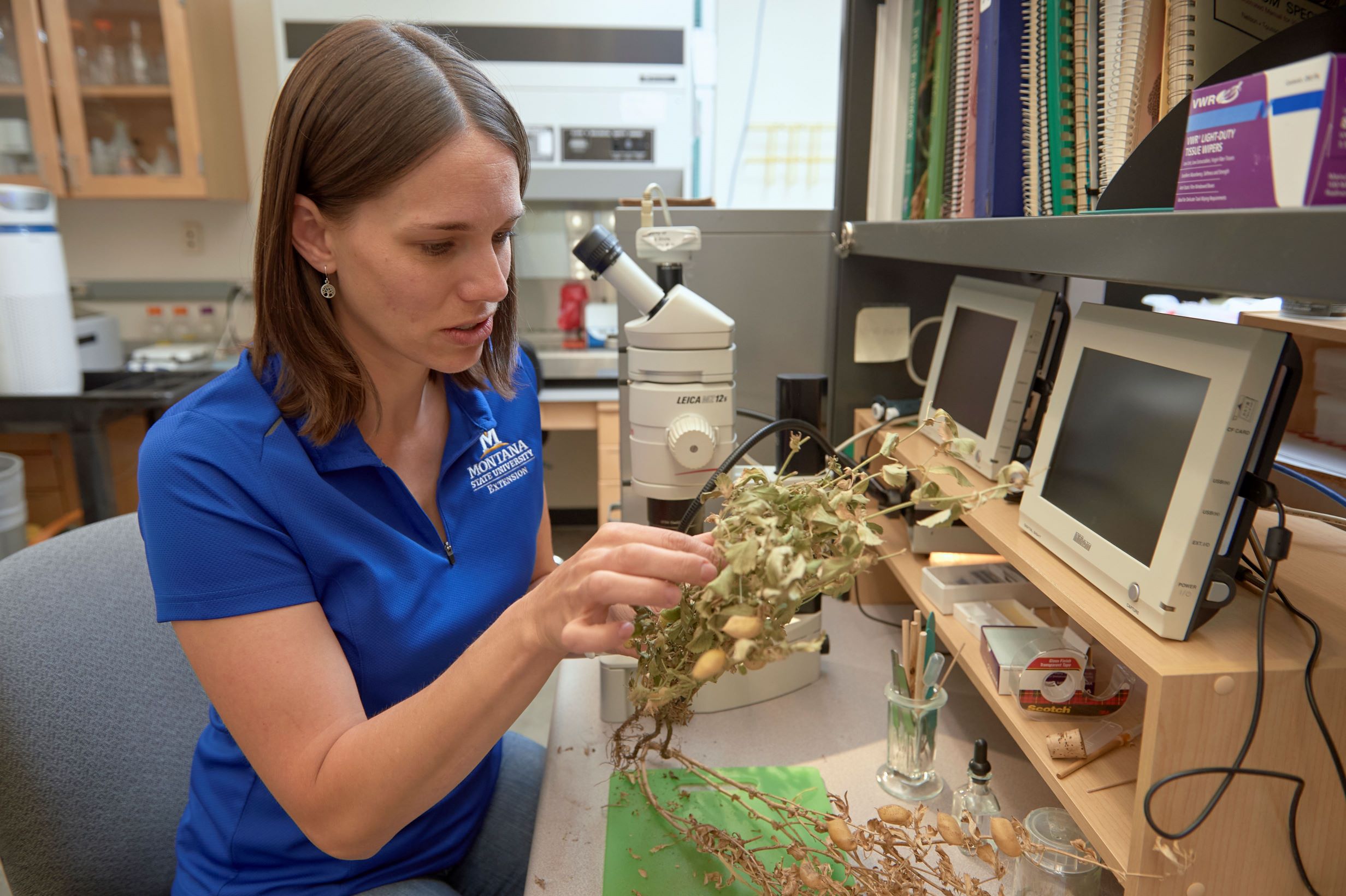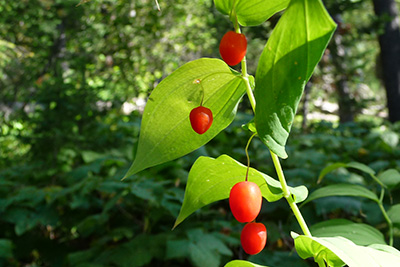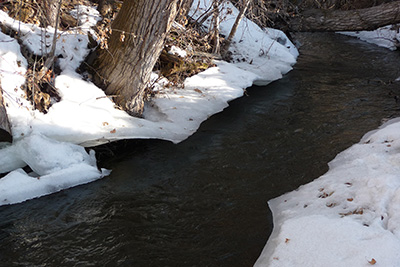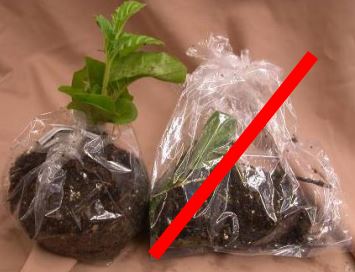Submissions

This page contains Schutter Diagnostic Lab submission forms, along with specific instructions to accompany our general guidelines.
Select a submission type from the page contents and follow the instructions. Be sure to fill the form in completely, and include a copy with your shipment. If you need assistance with the form, please contact us.
Identification is generally free of charge for Montana residents, but some restrictions do apply. See our Services and Fees page for policies and a complete list of available testing.
For additional assistance with sample submissions, please contact the Schutter Diagnostic Lab by email or telephone: (406) 994-5150
Please note we do not provide soil testing services. See this list of soil testing labs if needed.
Contents
Steps to Submitting a Sample
- Select the appropriate submission type.
- Download and complete a submission form.
- Follow the collection and shipping instructions.
- Mail sample to the address listed at the bottom of this page.
- Done! A specialist will be in contact shortly after the sample is analyzed.
Submission Guidelines
Below are recommended guidelines for collecting and shipping sample submissions. Use the buttons to expand details for each section.
Sample Care
The tips listed here cover the majority of the submissions we receive, but it should be noted that aquatic plants and mushrooms have their own specific guidelines.
- Keep samples as fresh as possible.
- Avoid exposing samples to direct sunlight and refrigerate if possible.
- Send sufficient plant material.
- Collect samples that show various stages of the problem and include a healthy plant or plant part for comparison.
- Whenever it is practical, include roots or the entire plant or a clump of plants. If that is not possible, include a branch or send a twig. Detached leaves or parts of leaves are seldom useful.
- Avoid sending dead plants or plant parts, they are not useful for accurate diagnosis.
- Package samples in crush-proof containers.
- Never send samples in a flat paper envelope – the post office machinery can cause extensive damage.
- If you are sending a plant that includes roots, keep some soil around the root ball
and off foliage.
- Wrap the root ball in plastic and secure with a rubber band around the base of the plant (figure 1). This prevents the soil from damaging the leaves during shipping.
- Loosely enclose the foliage in plastic or paper.
- Do not add water or wet paper towels to sample submissions.
Shipping Samples
Considerations for when and how to ship a sample to the Schutter Diagnostic Lab:
Our mailing address and contact information are listed at the bottom of the page.
- Samples can be dropped off. The Schutter Diagnostic Lab is normally open for walk-in submissions from 9:00AM to 12:00PM, Monday through Friday
-
Mail packages early in the week to arrive by Friday.
-
Do not mail fresh samples on a Thursday (unless using overnight mail) or Friday. Store the package in the refrigerator over the weekend and mail on Monday. We want to avoid samples sitting at the post office over the weekend.
- Include completed sample submission form with pertinent background information.
- In-depth background information will help us identify the problem or organism and is essential for timely management recommendations. Details allow us to provide more accurate diagnoses.
-
Include photographs illustrating the problem if possible.
-
Make sure photos are in-focus.
-
Email photographs to [email protected]. Include your name, contact information, and the date your sample was shipped.
For additional assistance with sample submission, please contact the Schutter Diagnostic Lab by email or telephone.
Plant Identification

Follow the general submission guidelines. Send samples as soon as possible after collecting. Do not expose them to extreme temperatures.
-
Package the plant carefully. Place the specimen in a zipper-lock plastic bag, seal it and place the bag in a padded envelope or box. Do not add wet paper towels or water.
-
The ideal sample is an entire plant with flowers and roots intact. If this is not possible, send as many plant parts as possible (i.e. flowers, leaves, stems, roots, seeds, fruits, etc.) to increase the chances of an accurate identification.
For further information, contact Weed and Invasive Plant Identification Diagnostician Noelle Orloff.
Please include a completed copy of this PDF form (205KB) with your plant sample submission:
Plant Disease and General Diagnostics

Follow the general submission guidelines. Send plant samples as soon as possible after collecting. Package them in a sturdy container. Do not expose them to extreme temperatures.
- Send sufficient plant material. Collect samples that show various stages of the problem and include a healthy plant or plant part for comparison. Whenever it is practical, include roots or the entire plant or a clump of plants. If that is not possible, include a branch or send a twig. Detached leaves or parts of leaves are seldom useful.
- If you are sending a plant that includes roots, keep some soil around the root ball and off foliage. Wrap the root ball in plastic and secure with a rubber band around the base of the plant. This prevents the soil from damaging the leaves during shipping. Loosely enclose the foliage in plastic or paper. Do not add water or wet paper towels.
- Avoid sending dead plants or plant parts, since they are not useful for accurate diagnosis.
For further information, contact Extension Specialist Eva Grimme, PhD.
Please include a completed copy of this PDF form (162KB) with your plant sample submission:
Insect Identification

Send specimens as soon as possible after collecting, try to also include a section of the host plant. Package in a sturdy container. Do not expose to extreme temperatures or allow to dry out.
-
We do not process human-related insect identification samples such as scotch tape samples from skin, hair, or other tissue samples. We also don't accept lint roller pieces. Insect identification samples must be a visible insect or arthropod that can be placed in a collecting jar or vial.
-
Collect several insect specimens if possible.
-
Place specimens in sturdy clear containers with tight-fitting lids that are strong enough to survive mail or courier services.
-
Hard-bodied specimens can be sent in containers (rubbing alcohol not required).
-
Aphids, mites, spiders, small flies and larvae need to be sent in rubbing alcohol.
-
Caterpillars should be flash boiled (1 min) before placing in rubbing alcohol.
-
Turf insects can be sent alive in soil/root samples mailed in a crush-proof box.
-
-
Describe damage of concern. If the insect is not included in the sample (damage sample only) describe the insect if possible (shape, body length, coloring, behavior).
-
Include the following collection information on your submission form:
-
Collection date.
-
Collection location (e.g. Helena MT). Or, give nearest town and distance / direction from it (e.g. 7 mi. SW of Helena, MT).
-
Collector’s name (not Extension agent etc).
-
Host plant identification (for example, green ash). If the host is not a plant, describe environment of collection site (for example, kitchen windowsill, basement, bag of rice).
-
For further information, contact [email protected] .
Please include a completed copy of this PDF form (250KB) with your insect submission:
Mushroom Identification

Use a knife to carefully pluck mushrooms from the ground, ensuring that the cap, stem, and base are included. Send specimens as soon as possible after collecting, ship in a cardboard box. Wrap mushrooms in wax paper or newspaper (no plastic bags or envelopes); do not wrap different species together. If possible, include at least 2 samples of each species. Submit average sized specimens, not the largest or smallest.
-
Submit fresh specimens. If possible, include both young and mature samples.
-
Send a complete specimen. Include the whole mushroom cap, stem, and most importantly any underground structures.
-
Send at least 2 specimens. Wrap each specimen separately in wax paper or newspaper.
-
Do not place specimens in plastic bags since this will hasten decay.
-
What is your question is about the mushroom? For example, are you curious whether the mushroom is edible or poisonous?
For further information, contact Extension Specialist Noelle Orloff.
Please include a completed copy of this PDF form (240KB) with your mushroom sample submission:
Turf Disease Diagnostics

Follow the general submission instructions. Send samples as soon as possible after collecting. Do not expose them to extreme temperatures.
Please include a completed copy of this PDF form (282KB) with your turf sample submission:
Aquatic Plant Identification

Aquatic samples deteriorate quickly. Wrap specimens around layers of wet paper towels, then place them in a sealed plastic bag. Ship in a Styrofoam cooler with an ice pack. Photos help to identify deteriorated plants; try to take pictures of the leaf shape, leaf arrangement, roots, and flowers or seed.
For further information, contact Weed and Invasive Plant Identification Diagnostician Noelle Orloff.
Please include a completed copy of this PDF form (230KB) with your aquatic sample submission:
Legacy Forms
Though we ask that you use one of the submission forms listed in the contents, the old forms are available below.
- Aquatic Plant Identification Form
- Insect Identification Form
- Mushroom Identification Form
- Plant Disease Form
- Plant Identification Form
- Turf Disease Form
Contact Information
Send all samples to the mailing address below. For further assistance, please contact the Schutter Diagnostic Lab by telephone or email.
We are open for walk-in clients from 9:00AM to 12:00PM, Monday through Friday. See our contact page for detailed instructions and a map to our building.

